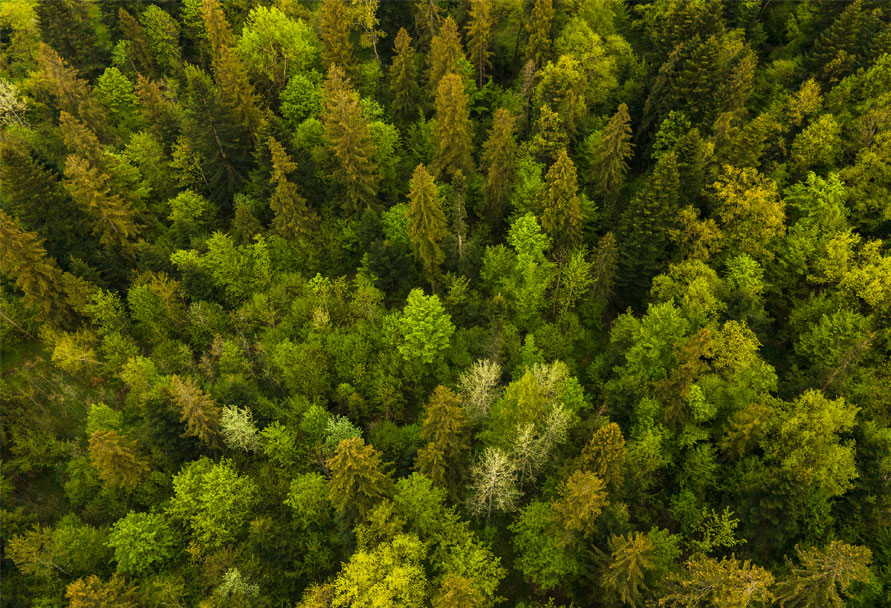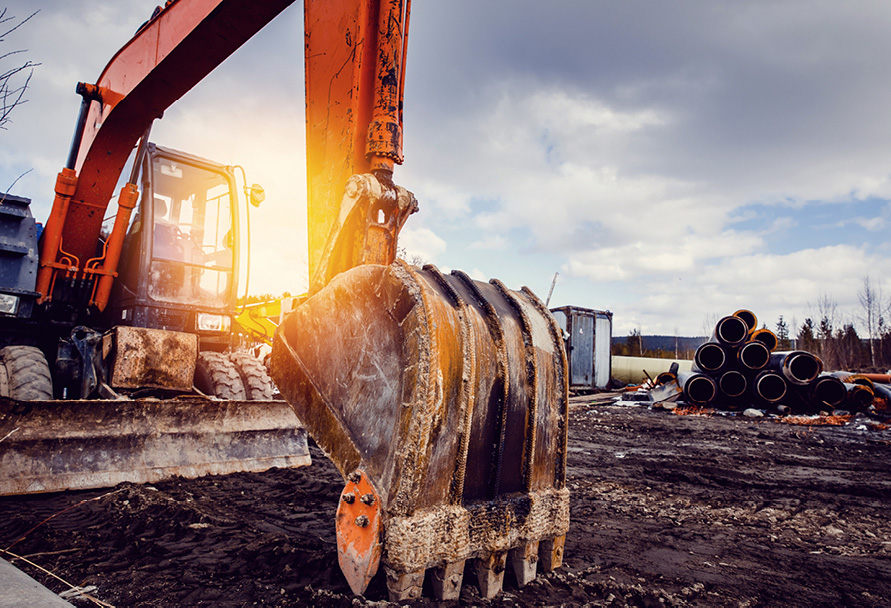Tree safety and trimming

Trees and power lines can be a dangerous combination. When trees grow too close to power lines, they can cause power outages, fires, and other hazards. That's why it's important to plant and maintain trees safely. And when it comes to maintenance around your home, there are certain things that we’ll take care of to keep you safe, and things that you are responsible for.
What we're responsible for
We’re responsible for maintaining the area within 10 feet of the overhead power lines from the ground up. This does not include the power line connected to your home.
What you're responsible for
We own the power line from the power pole to your home. You’re responsible for maintaining the tree trimming around the power line. If you are concerned about trees in contact with our overhead power lines, please contact us.

Keep an eye out for potential tree hazards
Occasionally, trees can fall into utility lines and pose dangers and power outages, surges, fires and other damage. Downed power lines are especially dangerous. A tree that is at risk of falling into a power line is also dangerous. Although almost every tree will have some sort of defect, the presence of multiple items from the check list can increase the likelihood of vegetation interfering with electrical lines. Refer to the following checklists for safely maintaining trees on your property:
Tree hazard checklist
- Are there large dead branches in the tree?
- Are there detached branches hanging in the tree?
- Does the tree have cavities or rotten wood along the trunk or in major branches?
- Are mushrooms present at the base of the tree?
- Are there cracks or splits in the trunk or where branches are attached?
- Have any branches fallen from the tree?
- Have adjacent trees fallen over or died?
- Is there evidence of the tree’s root-ball uprooting? Have roots been broken off, injured or damaged by lowering the soil level, installing pavement, repairing sidewalks or digging trenches?
- Have soil conditions recently been changed by construction (raising the soil level, installing lawns or soil compaction)?
- Have the leaves prematurely developed an unusual color or size?
- Have trees in adjacent wooded areas been removed?
- Has the tree been topped or otherwise heavily pruned?
- A certified arborist can also help you manage trees on your property and provide treatments to keep trees healthy and safe.
If you have any questions about planting, trimming, or maintaining trees near power lines, contact us online.


